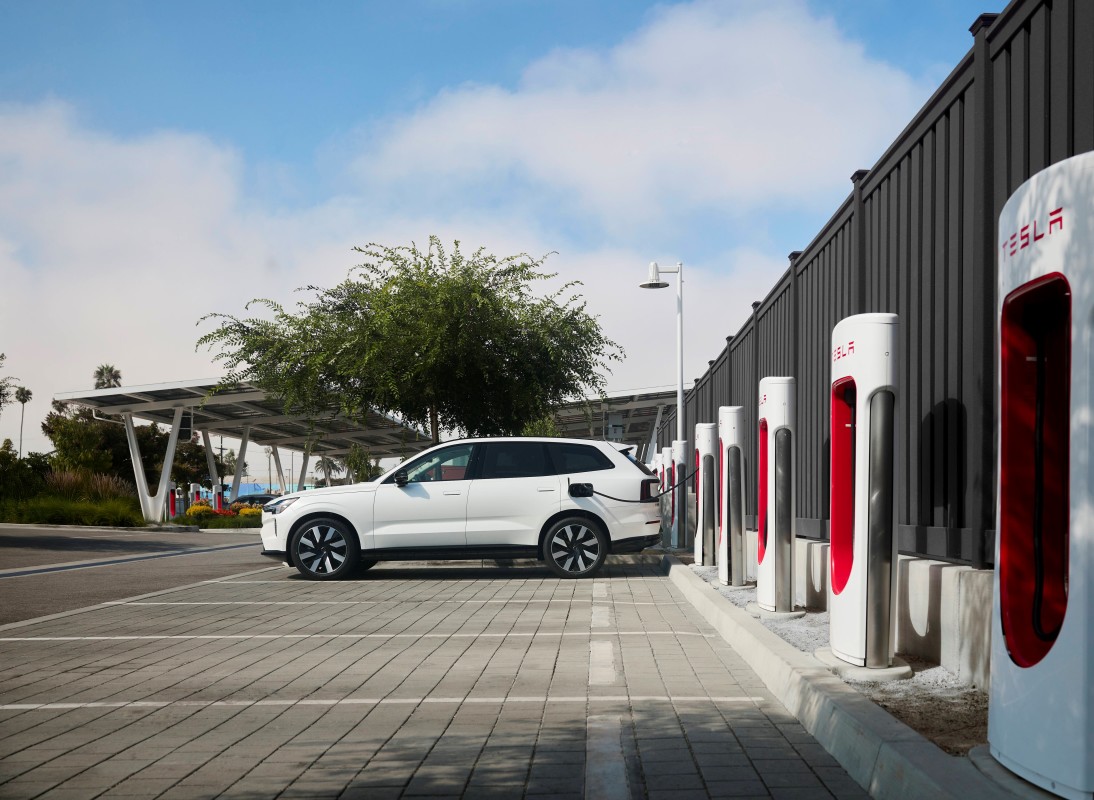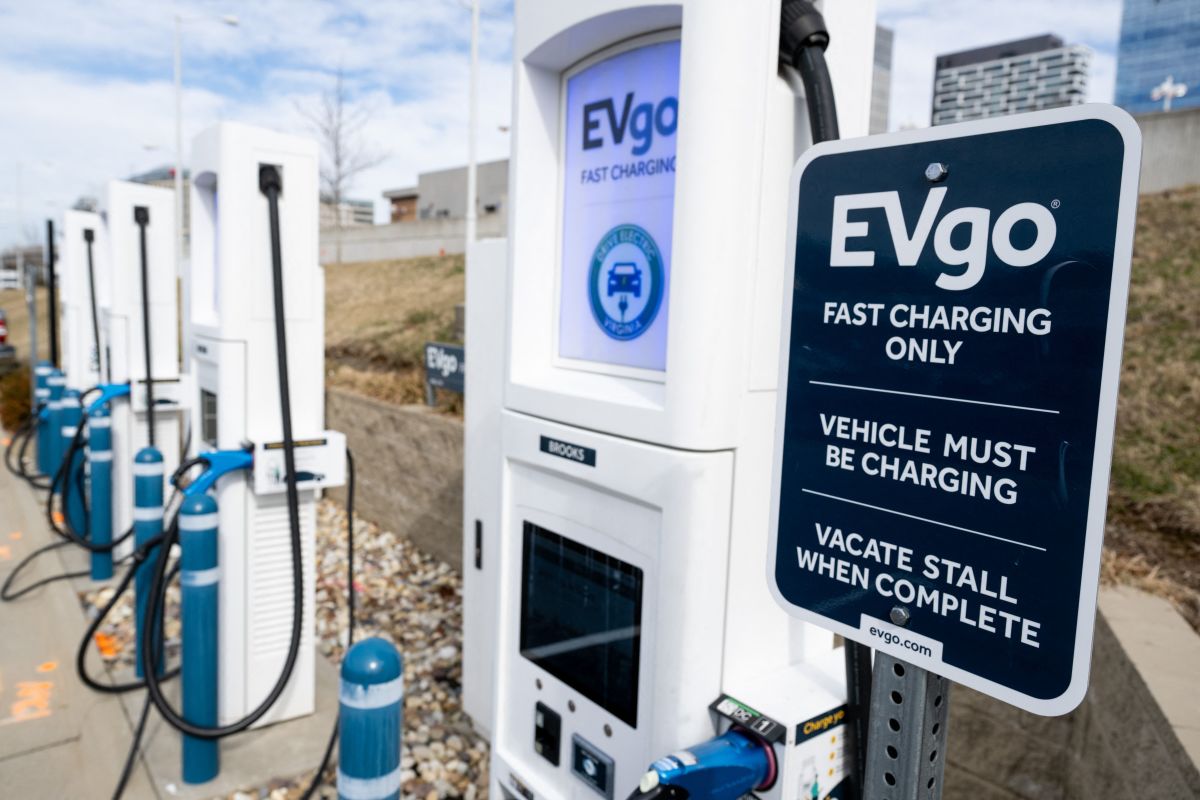EV Charging Progress

Electric vehicles are becoming more mainstream in the United States, and with that comes the critical need for reliable public charging infrastructure. Recent data from J.D. Power sheds light on some positive trends in EV charging success rates. In the first quarter, 84% of public electric vehicle charging attempts were successful, marking a noteworthy 4% improvement. Up until now, about 20% of these attempts were hit with failures, often due to compatibility issues, faulty hardware, or specific charger interoperability barriers.
The main headache for EV drivers remains chargers that are either out of service or malfunctioning. However, with the number of charging stations across the U.S. having doubled since 2020, charge point operators are focusing on keeping these units functional. This makes sense as keeping chargers in good working order not only improves customer satisfaction but also boosts profitability. During the same period, EVgo saw their charger utilization jump to 24%, a 15% rise over the previous two years, indicating a growing confidence in public charging options.
The Upgrade Game

One reason for enhanced performance is the proactive approach by many EV charging providers. They are focusing on service quality by maintaining and repairing existing units, partly driven by requirements from President Biden’s National Electric Vehicle Infrastructure Program. This program ensures that federally funded chargers remain operational 97% of the time. While it’s unclear how many stations reach this threshold, companies like EVgo are hitting a 95% success rate, thanks to revitalizations and replacements at over 600 sites in more than 20 states since last year. Corporations like Electrify America also implemented innovative strategies like idle fees, which have spurred a 50% increase in demand for their charging services.
Apps and UX
Even as more drivers lean on charging companion apps for their EVs, there are challenges on this front too. According to J.D. Power, issues such as connectivity struggles, delays in remote commands, and inconsistent performance within apps are common. Surprisingly, a significant portion of non-Tesla app users, about 32%, engage with their apps during every drive, compared to just 17% last year. These apps are primarily used for charge monitoring, pre-conditioning, and plotting routes.
Yet, not everyone fully utilizes all features offered. For instance, even though over 70% of users express a desire for functionalities like charge scheduling, trip planning with charging stops, and in-app payment, 43% of non-Tesla app users haven’t even tried scheduling a charge. That said, over 90% value updates on vehicle status and the ability to receive remote diagnostics.
Wrapping Up
While public EV charging in America isn’t without its quirks, the improvements noted by J.D. Power illustrate significant progress. Naturally, these advancements should persist, as charge operators stand to gain federal funding and avoid significant costs associated with outages. Interestingly, Tesla leads in user satisfaction with their app, scoring a remarkable 864 out of 1,000. Close behind are Mercedes-Benz and My BMW, which come in at 839 and 833, respectively. Nevertheless, there remain logistical hurdles in expanding charging infrastructure. Plans for new federally-funded stations are currently paused as federal authorities reassess the framework established under the current administration.
Tesla Tech Falls Short
EV Shipping Fire Risks
Chrysler's Bold Shift
Cayenne's New Facelift
Hyundai's 2025 Rise